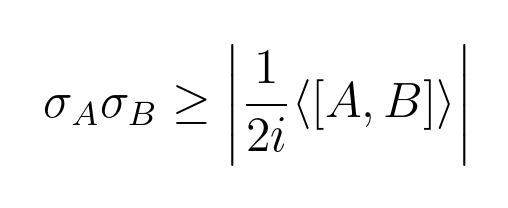
Tom Wong
@thomasgwong
Physics professor at @Creighton. Quantum computing researcher. Views my own.
ID: 4438354094
http://thomaswong.net 03-12-2015 04:38:03
4,4K Tweet
8,8K Followers
94 Following















New paper with Creighton University sophomore Jonas Duda and recent graduate Molly McLaughlin, BS'25 on "Quantum Search with a Generalized Laplacian." Paper: doi.org/10.1103/fsxq-t… Physical Review A Video: birs.ca/events/2025/5-… BIRS







